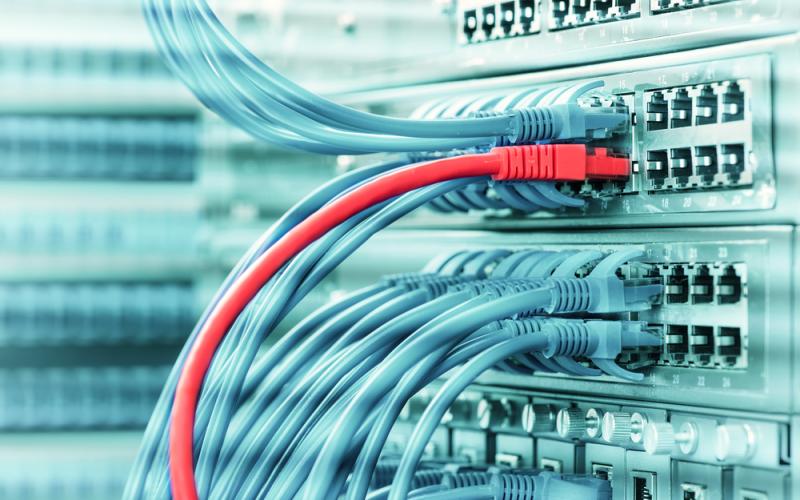Enterprise infrastructure teams are under massive pressure as the cloud continues to upend traditional IT architectures and ways of providing service to the business. Companies are on a quest to reap the speed and agility benefits of cloud and automation, and infrastructure pros must keep up.
In this rapidly changing IT environment, new technologies are challenging the status quo. Traditional gear such as dedicated servers, storage arrays, and network hardware still have their place, but companies are increasingly looking to the cloud, automation, and software-defined technologies to pursue their digital initiatives.
According to IDC, by 2020, the heavy workload demands of next-generation applications and IT architectures will have forced 55% of enterprises to modernize their data center assets by updating their existing facilities or deploying new facilities.
Moreover, by the end of next year, the need for better agility and manageability will lead companies focused on digital transformation to migrate more than 50% of their IT infrastructure in their data center and edge locations to a software-defined model, IDC predicts. This shift will speed adoption of advanced architectures such as containers, analysts said.
Keith Townsend, founder of The CTO Advisor and Interop ITX Infrastructure Track Chair, keeps a close eye the evolution of IT infrastructure. On the next pages, read his advice on what he sees as the top technologies and trends for infrastructure pros today: hyperconvergence, network disaggregation, cloud migration strategies, and new abstraction layers such as containers.
(Image: Timofeev Vladimir/Shutterstock)

Get live advice on networking, storage, and data center technologies to build the foundation to support software-driven IT and the cloud. Attend the Infrastructure Track at Interop ITX, April 30-May 4, 2018. Register now!


















